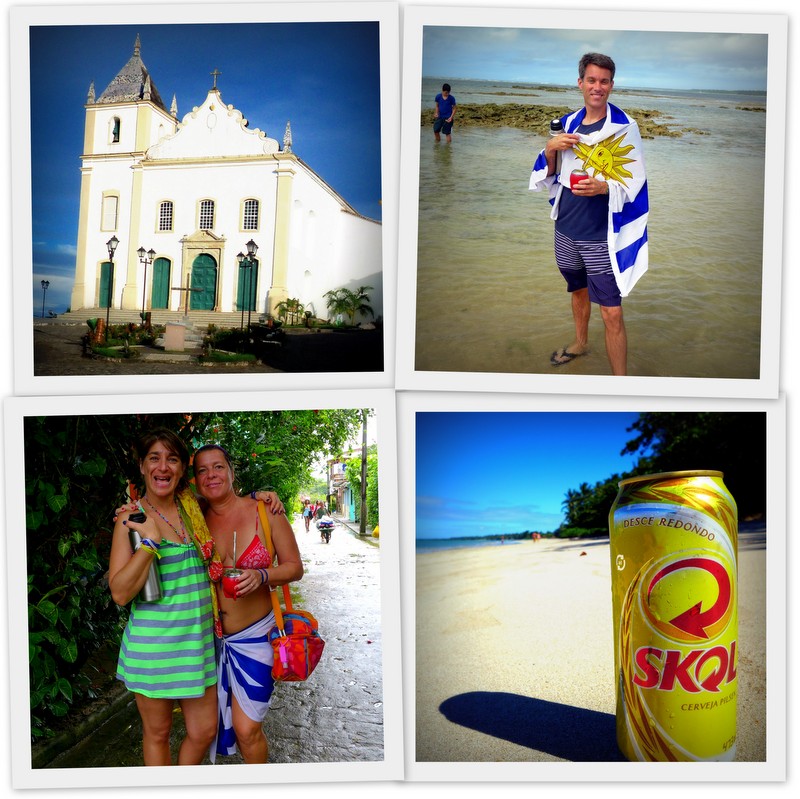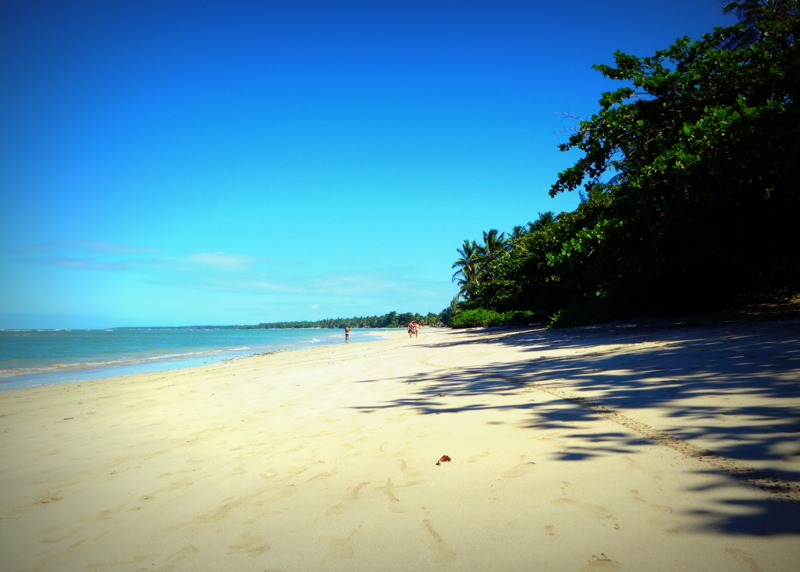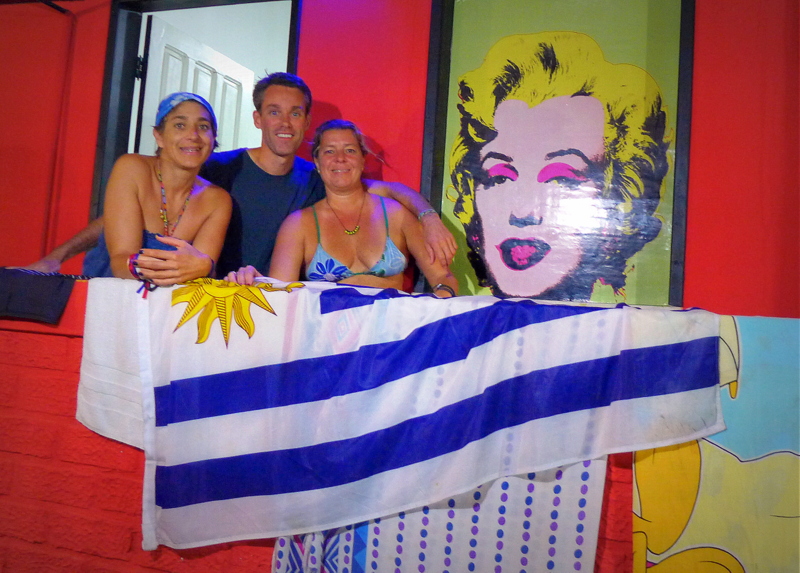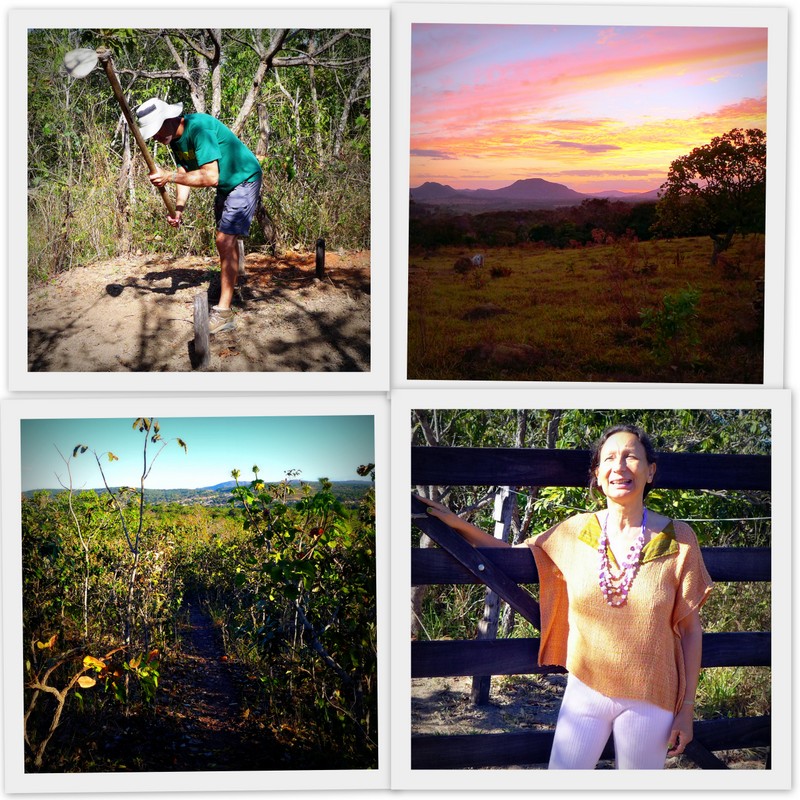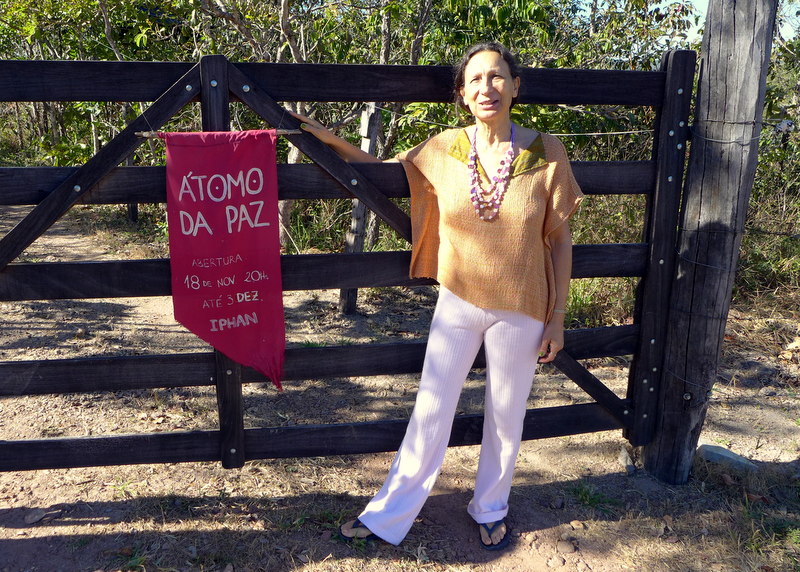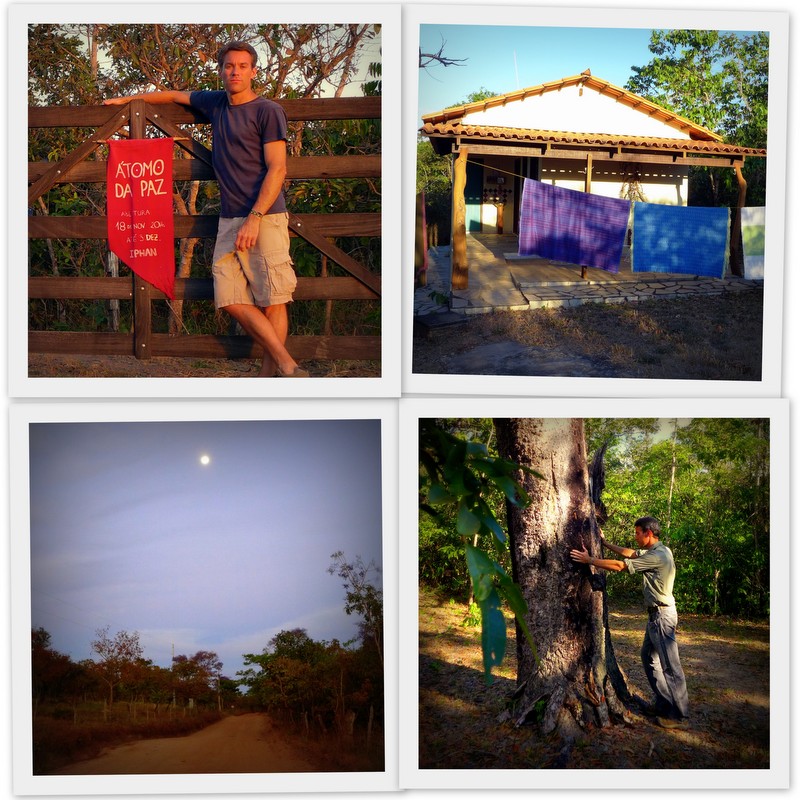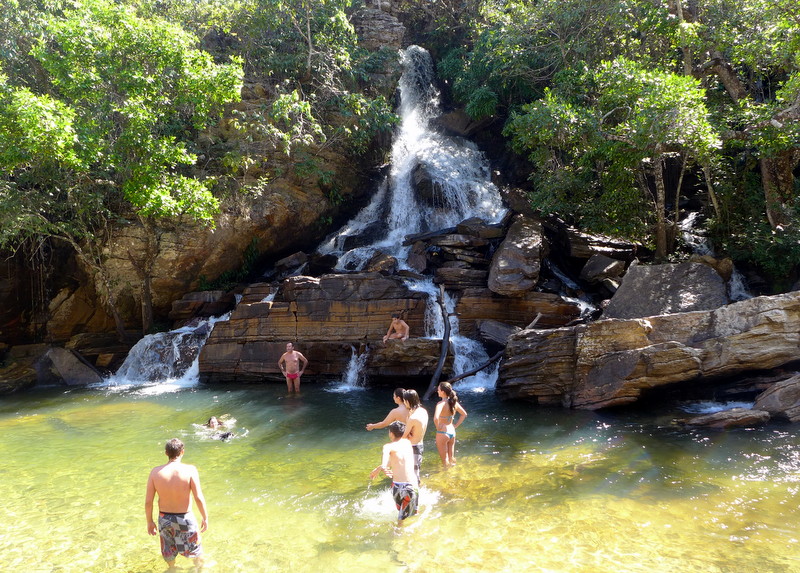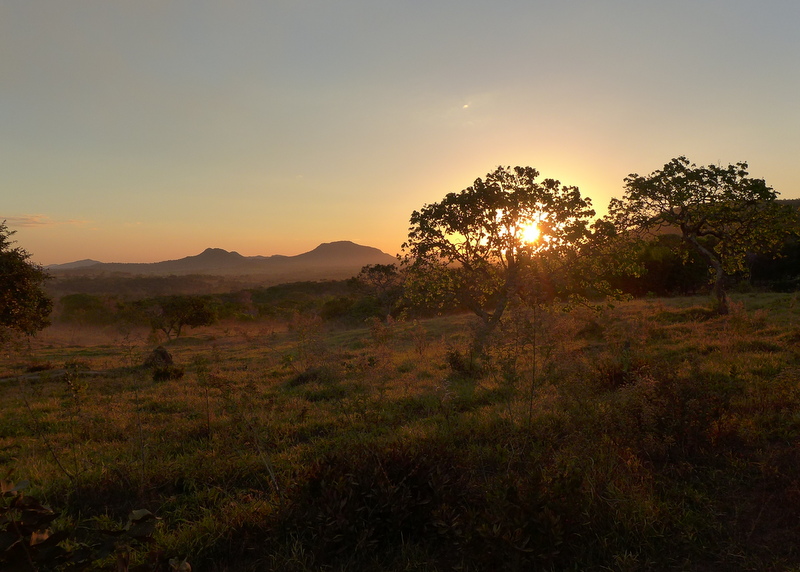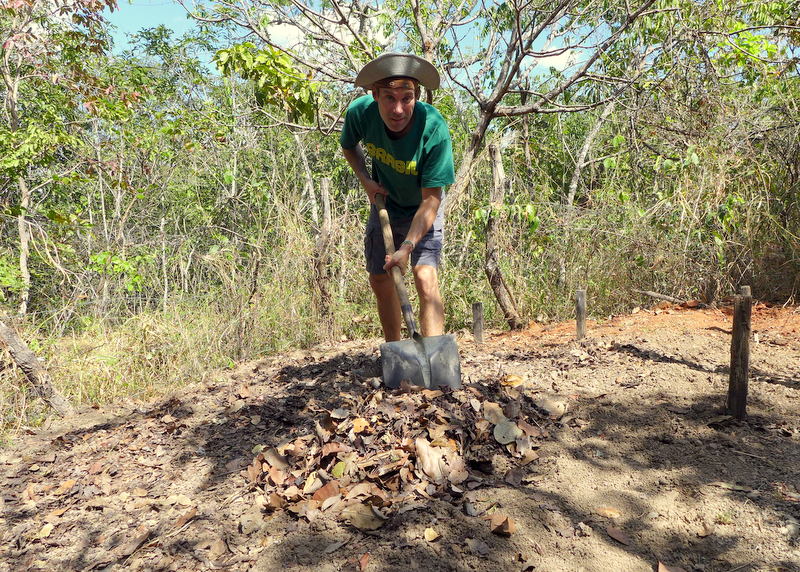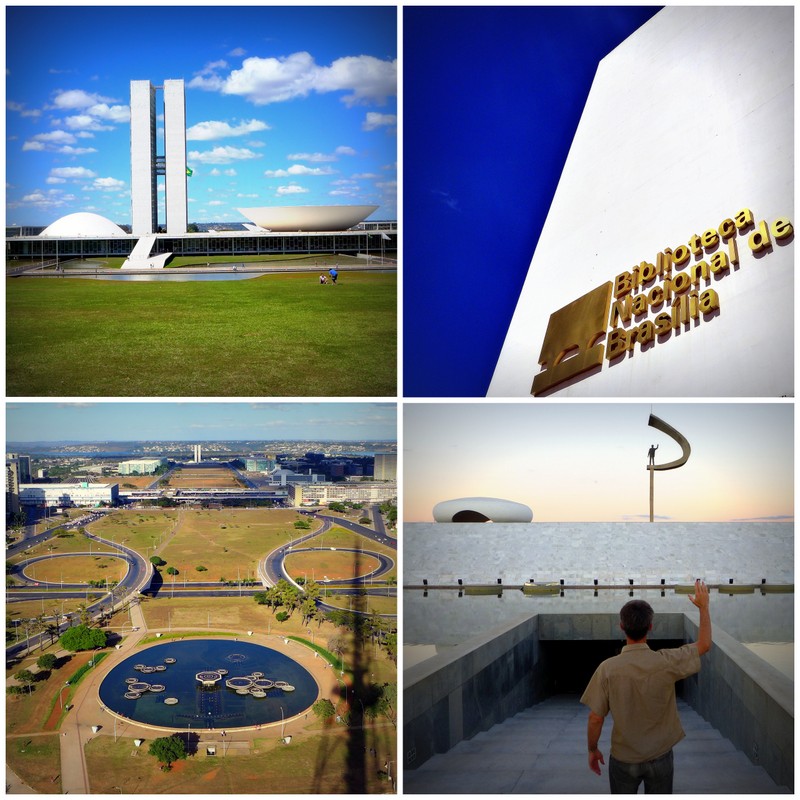
Brasília – Future Present
Brasília has always intrigued me. A modern metropolis located in the middle of nowhere yet a powerful statement of rising Brazil’s great potential – built with spectacular speed under the careful guidance of Brazil’s top designers. I spent a Sunday roaming its methodical streets, marveling at the novel buildings and wide open spaces, yet sensing a bit of emptiness amid its monumental enterprise.
Brazil’s capital has a history of moving around with shifting economic power centers: first Salvador in Bahia for most of the colonial 300 years, then to Rio de Janeiro for another two centuries. All along there was talk of moving the capital to a more central – and politically neutral – part of the country and by 1891 the constitution mandated this.
But it took another 50 years for President Juscelino Kubitschek to get the ball rolling in 1956. Stunningly, Brasília was officially inaugurated just over three years later in 1960.
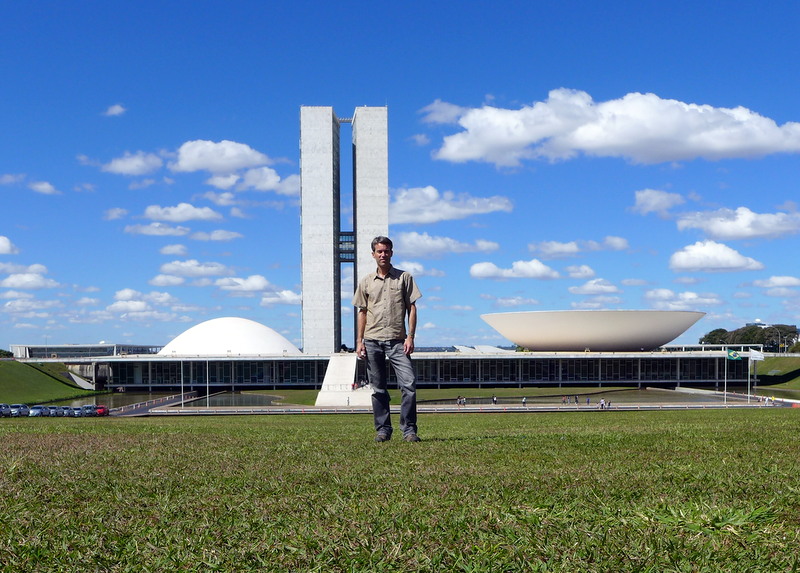
Brasília was conceived by heavyweight trio Oscar Niemeyer (architect), Lúcio Costa (urban planner), and Roberto Burle Marx (landscape designer). Their distinctly modernist approach – fueled by a healthy dose of utopian optimism – prescribed a workable and futuristic metropolis. The result is a fascinating 20th-century creation: impeccably planned streets, purpose-built neighborhoods (Hotel Sector, the Banking Sector, Embassy Sector, etc), and an efficient infrastructure built for a new millennium.
From above, Brasília is shaped like an airplane. The “cockpit” houses the main seats of government in the Praça dos Três Poderes (Plaza of the Three Powers). The “fuselage” centers on the Eixo Monumental (Monumental Axis) lined by the principal monuments and federal administrative buildings. The outspreading “wings” enclose measured superquadras (superblocks) that obsessively propose the number and type of apartments, stores, schools, and parks.
Brasília has both adherents and detractors. Many laud the auspicious planning and consideration for 20th-century urban life. It is the only UNESCO World Heritage city founded in last 100 years due to its epic and ambitious design.
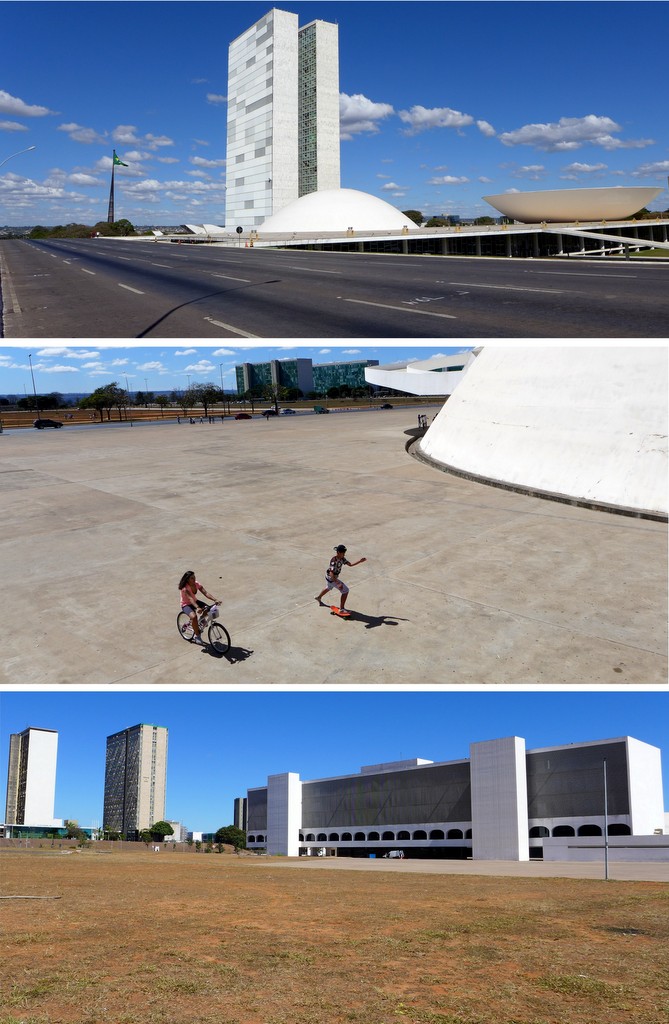
Yet others point out the failure to fully realize this vision. To me Brasília lacks a certain human touch, and this was especially true on a quiet Sunday when government offices are closed. While I was impressed with the idiosyncratic buildings, I felt weighed down by its austere urban expanse. So much of the bleached exterior smacks of artifice and invention – some of it even feels outdated. In Simone de Beauvoir’s words, Brasília exudes an “air of elegant monotony”.
After sightseeing I saw a Brazilian friend I met in Salvador at the Uruguay-Italy FIFA match a few weeks prior. Edmilton (or simply “Ed”) is a government functionary and a transplant from São Paulo like most of the migrant candangos who were not born in Brasília. We drank some beers late in the day and I heard another side to the Brasília story.
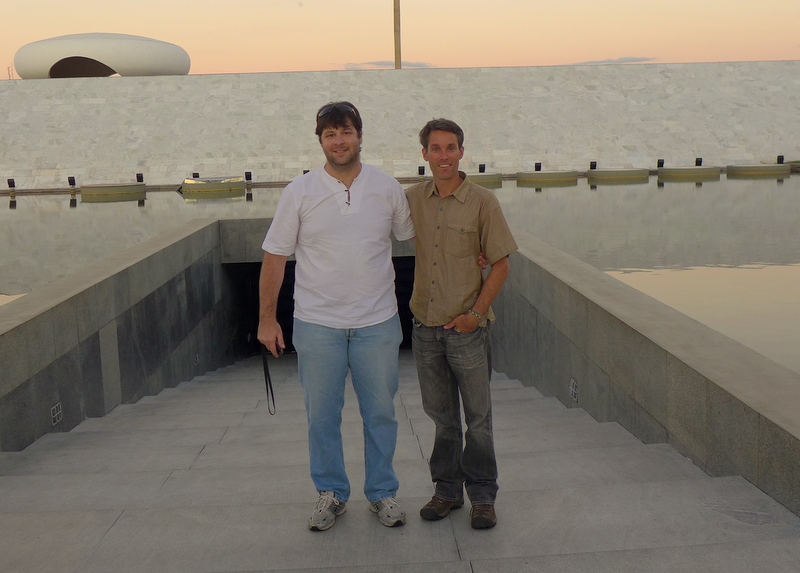
Ed’s enthusiasm for his adopted city is clear: he is proud to work for the federal government and extolls Brasília’s orderliness, efficient public transport and traffic-free roads, and renown cuisine and nightlife. Brasília has a great quality of life compared to other Brazilian cities – and the expanding population, with an annual growth rate of 3%, bears this out.
Continue reading “A Tale of Two (Planned) Cities: Brasília and Goiânia”
